Township D
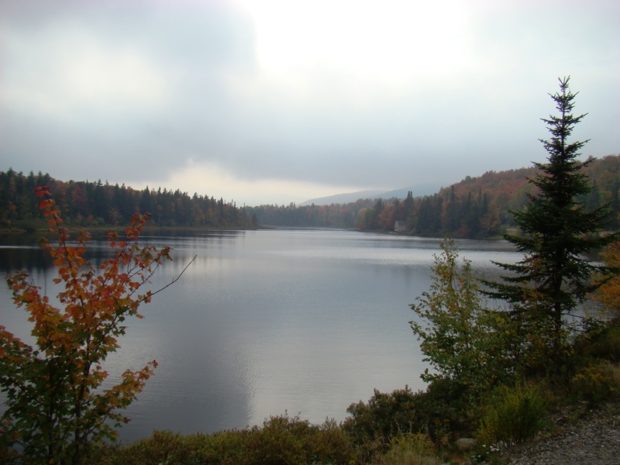
Beaver Pond on Route 17 in Township D 1940’s Township D Topographic Map This township is immediately west of Township E, host to the next northerly section of the AT. The Trail enters at the northeast corner…
"Those seeking cold, hard statistics on Maine communities won't be disappointed." —Bangor Daily News



Beaver Pond on Route 17 in Township D 1940’s Township D Topographic Map This township is immediately west of Township E, host to the next northerly section of the AT. The Trail enters at the northeast corner…
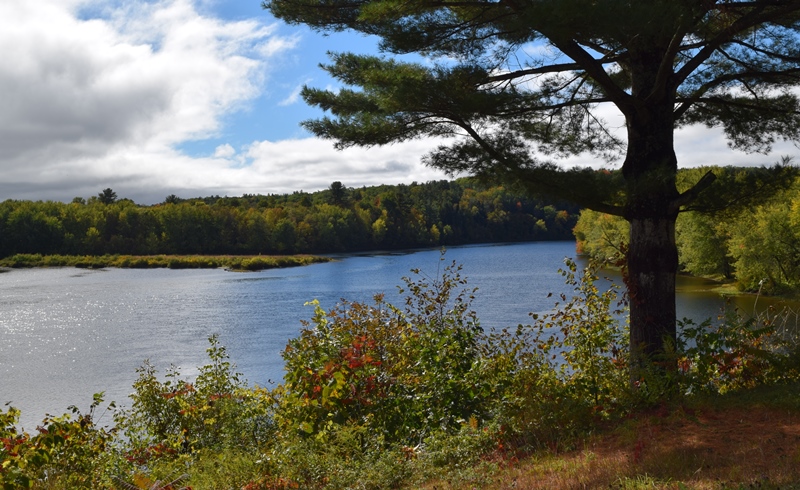
The village straddles a bend in the Kennebec River at the junction of Maine Routes 8 and 139, and U.S. Routes 2 and 201A. See photos. The Sandy River empties into the Kennebec in the town. Benedict Arnold’s expedition passed through in 1775. Norridgewock was the home of author Rebecca “Sophie May” Clark, and U.S.Representatives Cullen Sawtelle and Stephen D. Lindsey.

The site of many mills in its history, its largest has been a paper mill at the dam where U.S. Route 201 crosses the Kennebec River from Anson. Until the end of the log drives in 1976, the river was often choked with pulp logs destined for this mill and others. The Lakewood Summer Theater, opened in 1901 in East Madison. Benedick Arnold passed through on his way to Quebec.
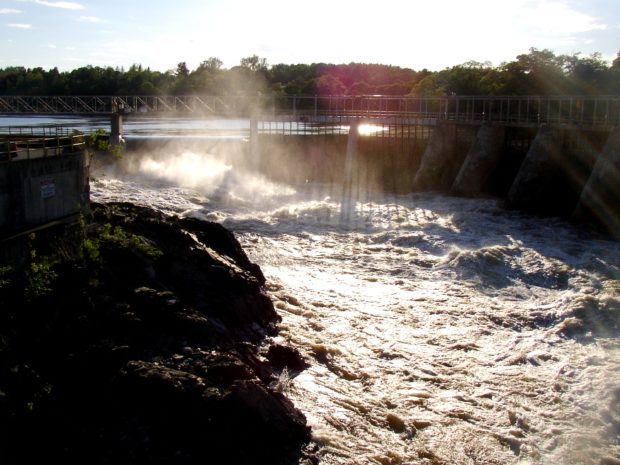
Recorded as Skwahegan in early reports, the name means “watching place for fish,” drawn from the falls in the Kennebec River that harbored salmon. See photos. Local Indians speared them as they attempted to scale the falls. Textile and shoe manufacturing were major employment options for local residents during the late 19th and early 20th centuries. Once home to Camp Modin, a camp for Jewish boys and girls until 1992, Lake George Regional Park is split between Skowhegan and Canaan.

Winslow is on the east side of the Kennebec River, across from Waterville, on Routes U.S. 201 and Maine routes 32, 100, 100A, and 137. See photos. A reconstructed blockhouse of Fort Halifax, which incorporates many original timbers, stands on the fort’s original site.

has sufficient space to support farming as well as serving as a residential area for people working in Augusta and Waterville. See video and photos. Benedict Arnold stopped here to obtain a canoe on his way to Quebec. Site of Oak Grove Seminary in 1844, then Oak Grove Coburn school in 1970, then the Maine Criminal Justice Academy in 2001.
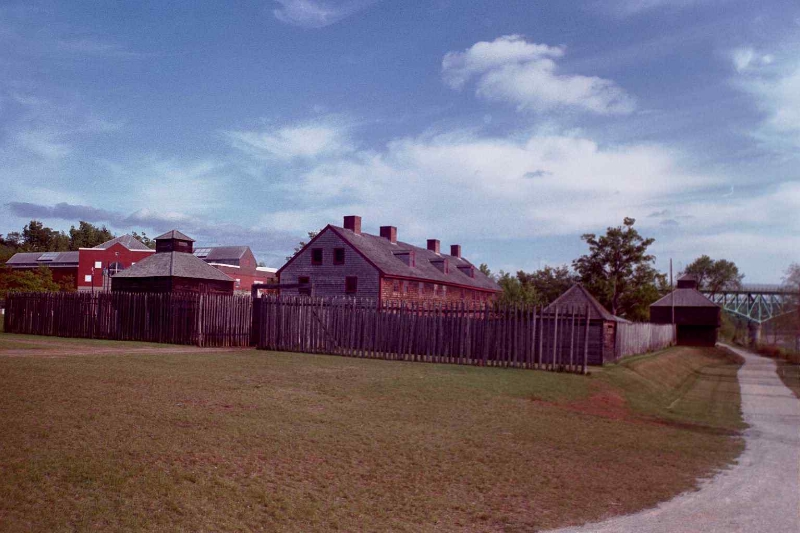
In 1625, the Plymouth Colony Pilgrims sailed to the Kennebec River in hopes of establishing a trading relationship with area Indians. By 1628 the Pilgrims were operating a year-round trading post just south of where Fort Western now stands. The Pilgrims made the voyage in a 38-foof open-hulled, single-masted sailing vessel called a shallop. A…
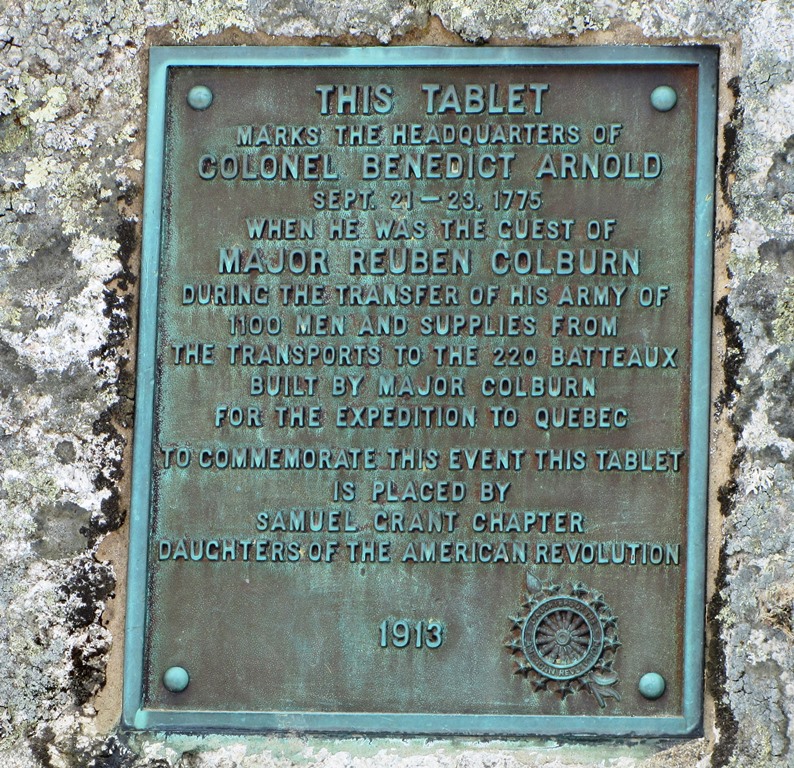
The Reuben Colburn House in Pittston, Maine is the site of one of the original settlements in Maine. Built in 1765, it was one of the first on the east side of the Kennebec River in an area later known locally as Colburntown. See photos. The house and carriage house is now owned by the Arnold Expedition Society. The village of East Pittston is located on the Eastern River near the town line with Whitefield. Route 194 serves the village and the Pittston Fair Grounds nearby.
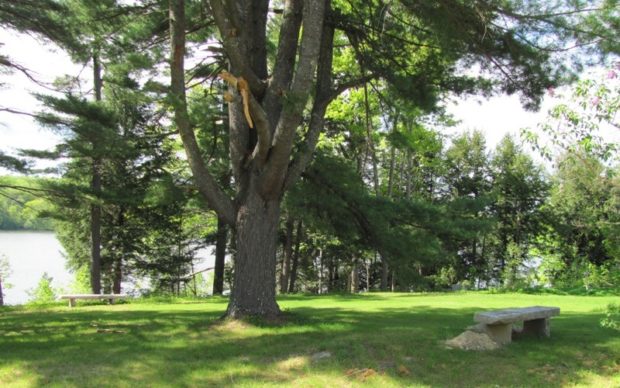
is site of the 1761 Pownalborough Courthouse, the first built in Maine, visited by future President John Adams, Daniel Webster, and Benedict Arnold on his way to Quebec. The Earle R. Kelley Wildlife Management Area and the Dresden Bog are here in the area first settled in 1752.

in the Kennebec River between Richmond and Dresden in Sagadahoc County is the only state-owned wildlife management area that is also a game preserve providing sanctuary for migrating waterfowl and the resident white-tailed deer. It is also the only management area where camping is allowed and programs are provided for visitors. The 1,500 acre island,…
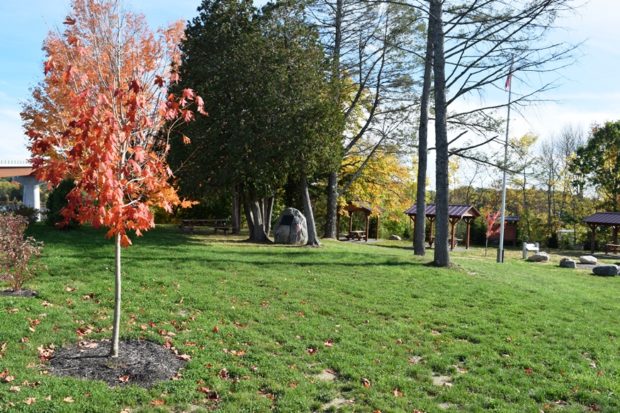
The main village is located on the west side of the Kennebec River, just south of Gardiner on Maine Route 24, where the river splits to form Swan Island. See photos.Benedict Arnold’s expedition, having first landed at Swan Island in the river across from the town, passed by the remnants of Fort Richmond. The town has a substantial collection of grand houses, including several Greek Revival specimens. Peacock Beach State Park is near the historic Peacock Tavern on U.S. Route 201.
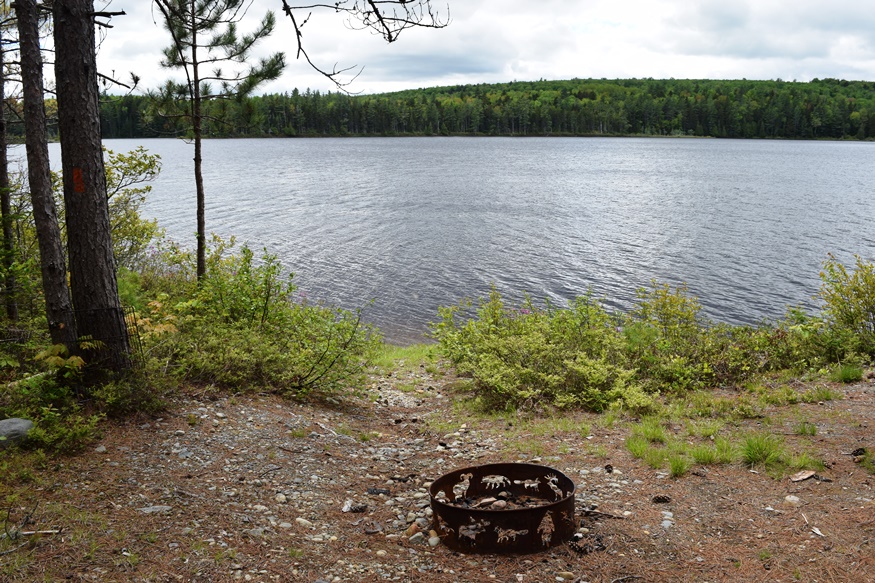
click to enlarge Arnold led an expedition in 1775 from Massachusetts, up the Kennebec River and through the Maine woods to join General Philip Schuyler in an attempt to defeat the British at Quebec. It left Cambridge on September 11th under orders from General George Washington. Follow the expedition with the expanded version of…

Benedict Arnold led an expedition through Maine to capture Quebec for the American Revolution in 1775. Hover over red dots, then click to go to related articles. Follow the bateaux toward Quebec or trace the trail back to the beginning at Swan Island. September 19 Leave Newburyport, Massachusetts September 21 …
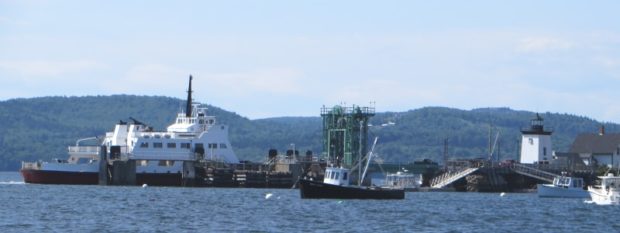
is the marker for dividing East Penobscot Bay from West Penobscot Bay. It includes North and South Islesboro connected by a narrow segment of land, See chart and photo. Seven Hundred Acre Island, Job Island. The 129 acres of forested Warren Island hosts a state park with a dock and moorings. Grindel Point Light Station in Gilkey Harbor on Islesboro was established in 1850.
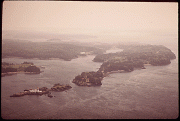
[cam-poo-BEL-loo] is an island in Canada, joined by a causeway to Lubec in Washington County. Acquired by FDR’s father James Roosevelt in 1883, the house was ready for the family in 1885. It became the summer retreat of Franklin D. and Eleanor Roosevelt, even before he became President of the United States. Franklin spent most…

is a town in Washington County, located primarily on Beals and Great Wass Islands, along with more than a dozen others. The Great Wass Archipelago nature preserve, in Beals and Jonesport, is managed by The Nature Conservancy.
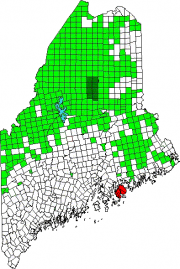
[mount dez-ERT] is an island in Hancock County, containing the towns of Mount Desert, Bar Harbor, Tremont, and Southwest Harbor. Though only 400 years have passed since Europeans first viewed it, the island has been visited by native people for thousands of years. The first were the ancestors of the so-called “Red Paint People.” Later…
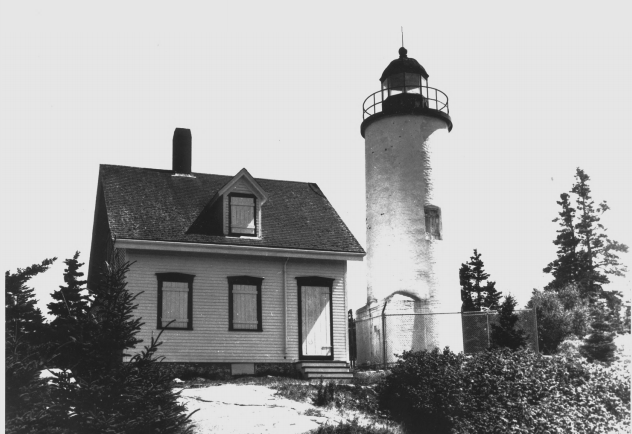
in Hancock County, incorporated 1830, requires ferries or water taxis to access. The 200 acre cranberry marsh on Great Cranberry Island influenced Governor Bernard in 1762 to name the town as it is. Little Cranberry hosts the Islesford Historical Museum; The Baker Island and Bear Island light stations provide navigation assistance near Acadia National Park. See map.
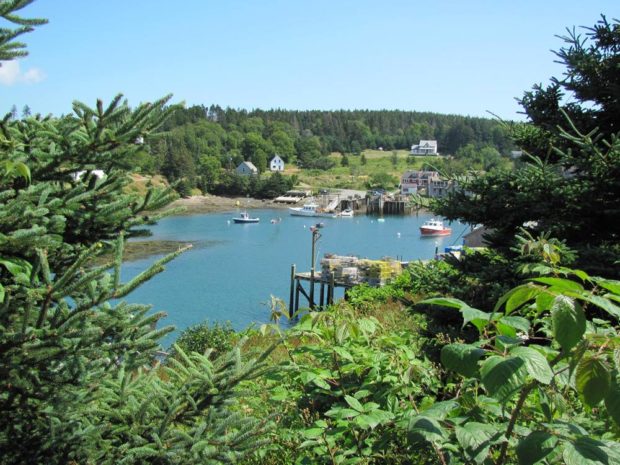
Settled in the early 1800s, the island had a population of 19 in 1820, when fishing and some logging sustained the community. Other than for a period of pulpwood harvesting, few roads were constructed outside Lunt Harbor. See amateur film, video and photos. While many Maine islands struggle to maintain a critical mass of population, Frenchboro experienced a substantial reversal of three decades of decline when the 2010 U.S. Census confirmed sixty-one people as resident.
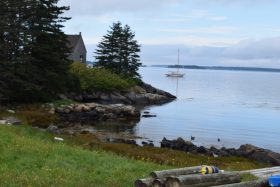
in Hancock County is southeast of Mount Desert Island, accessible by ferry from Bass Harbor in Tremont. See amateur film clip. Beaches and picnic areas may be found at the villages of Minturn and Atlantic, in addition to Swan’s Island village.